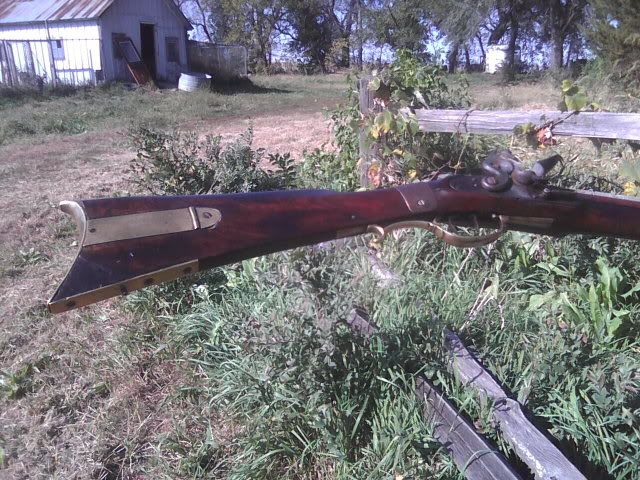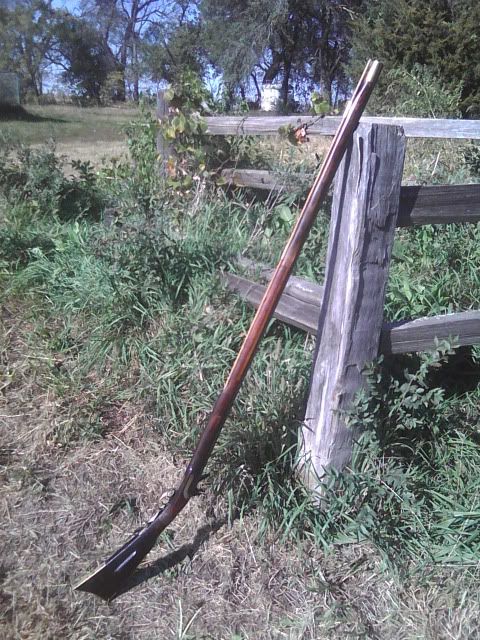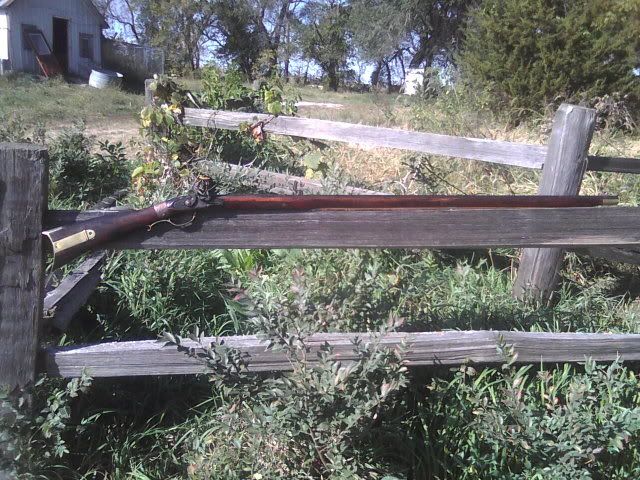whitedog333
40 Cal.
- Joined
- Jun 22, 2007
- Messages
- 124
- Reaction score
- 0
Although I had a well known flintlock smith and maker case harden my failing frizzen with Casenit, It didn't spark very well and seldom ignited the pan charge. So, I applied an old method that I read about that was used by hunters and trappers who lived in the field for long periods of time. Using three fingers from a leather glove that I cut off, I inserted the frizzen down into all three fingers, wrapped more leather around this and wrapped a good length of bailing wire around it all to secure it tightly. Then, I put the whole thing into a tin can and crushed the end shut and dropped it into a bed of hot coals within a roaring fire with more wood around and on top of it. I cooked it for about 80 minutes and while the can was glowing red, I took it out and immediately plunged it into a bucket of cold water. I then broke the can open and removed the frizzen from it's encasement of charcoal and brushed it off with a soft wire wheel of bronze. The frizzen now produces an amazing shower of sparks that ignites the pan. I also followed good advice and replaced the leather jaw pad with one of lead that I'd pounded down flat and trimmed to fit from a rifle ball. I've used this method before on an old musket whose frizzen was too soft and it worked quite well then too. Anyone else ever use this technique? I've heard that encasing the leather wrapped frizzen within clay or tin foil will work too. I tried a thick multi layer of aluminum foil but the fire wasn't hot enough and it cooled down before I could immerse the frizzen into water so I didn't get the necessary carbon trapped into the steel. So, I don't know if aluminum foil works. I can attest to the effectiveness of a tin can though.









